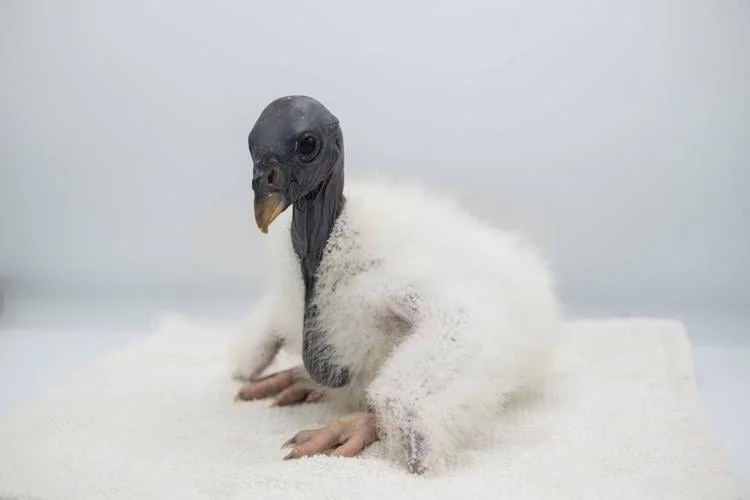
Why A New York Zoo Is Feeding A Baby Vulture With A Hand Puppet
In an intriguing blend of wildlife conservation and innovative feeding techniques, Bronx Zoo in New York is capturing attention with their unique approach to caring for a baby king vulture. This young chick, the first of its kind to be born at the zoo since the 1990s, is being raised with the help of a hand puppet designed to resemble an adult vulture. This method, which has been utilized for decades, is crucial for the bird's survival and proper social development.

The necessity of hand-feeding a baby vulture arises from the behavior of king vultures, which can sometimes neglect their young. By using a puppet, zoo staff can help ensure that the chick does not imprint on humans and retains its natural instincts. Chuck Cerbini, Bronx Zoo Curator of Ornithology, explains, “At this stage of development, our animal care staff are feeding the chick with the Bronx Zoo-made puppet once a day.” This method showcases not just a creative solution but also a commitment to preserving the natural behaviors of these majestic birds.

During these feeding sessions, staff utilize a puppet with a face resembling that of a vulture to deliver food directly to the chick, avoiding direct human interaction. Additionally, an adult vulture is kept in an adjacent enclosure to allow the chick to mimic the behaviors of its species. This method is not unique to the Bronx Zoo; it was pioneered over 40 years ago to rear Andean condor chicks, which were later released into the wild in Peru.

As this new king vulture chick embarks on its journey, its genetics are of utmost importance. With only one other living offspring from its 55-year-old father, the Bronx Zoo aims to carry on this lineage and protect the future of the species.
This remarkable story of innovation in wildlife care invites us to consider the lengths to which conservationists will go in ensuring the survival of vulnerable species. It also raises questions about the ethical considerations and the best practices in wildlife rehabilitation and care. What are your thoughts on the creative use of puppetry in wildlife conservation? Share your insights and experiences in the comments below!